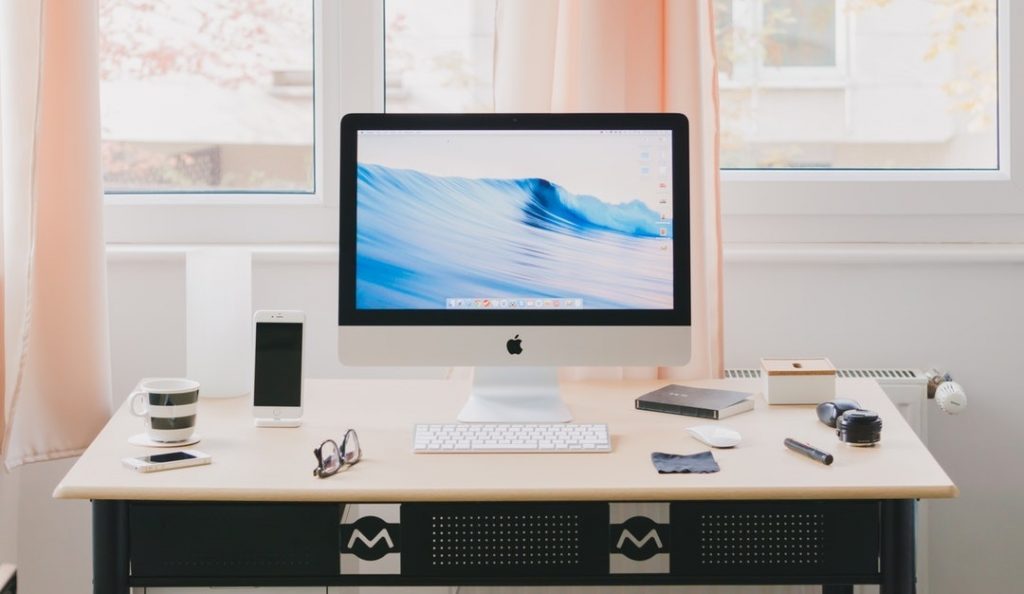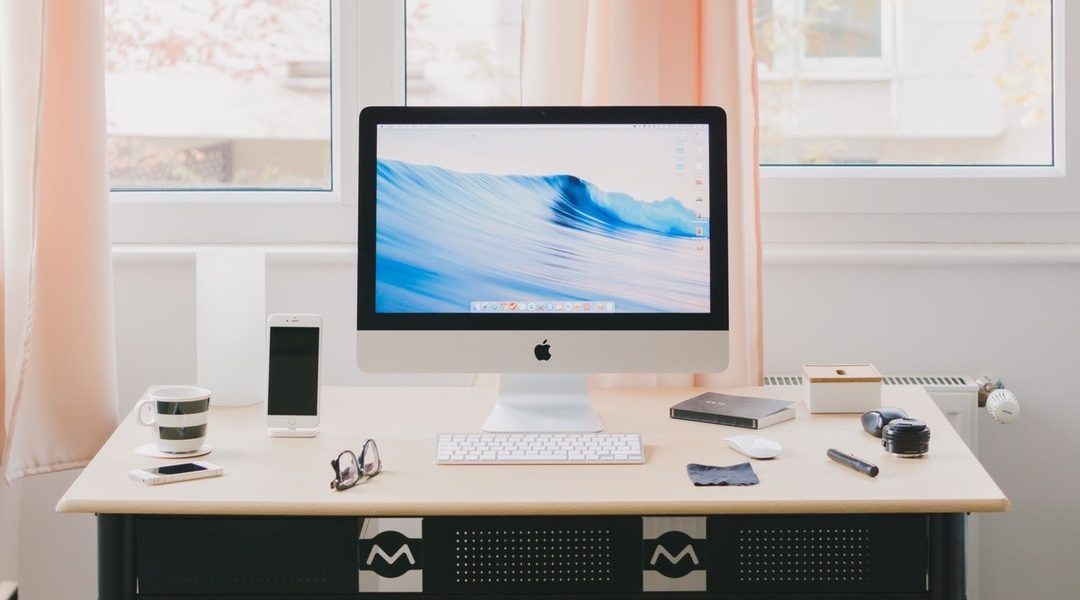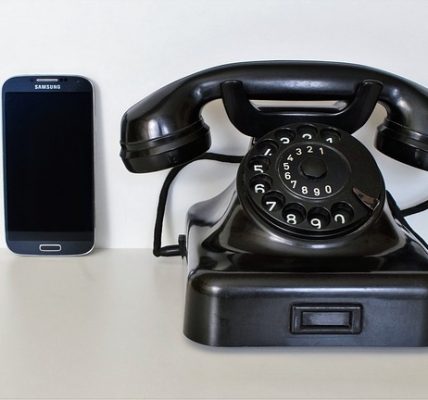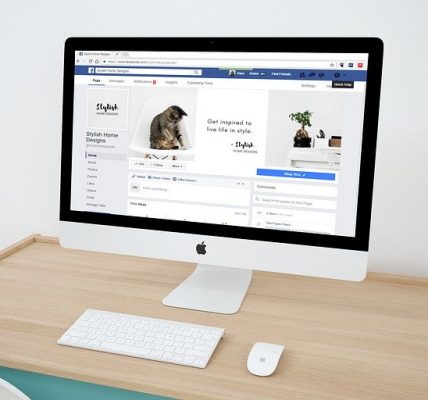
Are you searching for files but couldn’t find them on your computer? Is your desktop full of icons and you do not know how to clear it up?
Perhaps the most important question to ask is when was the last time you organized your computer’s desktop?
Too much clutter on your desktop can affect you in many ways. For starters, it is one of the reasons behind your computer’s slow performance. If you park lots of files and widgets, expect your computer to slow down.
An effective way of improving your desktop’s condition is to organize your folders. So how do you do it? What are the steps to managing your desktop?
Will it increase your productivity?
Continue reading below to find out.
The Benefits of Organizing Your Folders
Let us first discuss the benefits of organizing your file folders. Once you understand the advantages it offers, you will become motivated to take on the task. Let’s take a look at some of the advantages it offers:
Less Stress
First and foremost, organizing your folders will lessen your stress at work. This is because you will find files and important documents on your computer faster. If there is an important file you need for a meeting, you already know where to find it.
When you organize your folders, you can create a “home” where you can store all of them. This will save you more time, which you can spend on other important things. Moreover, some apps help users search for files faster.
Simply check https://setapp.com/how-to/alfred-app-review-and-its-best-alternatives to learn more about this.
Become More Creative
Organizing your files and folders also spurs your creativity. A Harvard study revealed that when people face intense pressure, they tend to think less creatively. When you cannot find important files when you need them, your creativity suffers.
By organizing your folders, you will have more time to think. You can allow your creative juices to flow freely at work without pressure.
Improve Your Computer’s Performance
As we mentioned earlier, a desktop that is full of clutter will slow down your computer. Once you learn how to organize your folders and files, you can expect a faster and more seamless experience using your laptop or personal computer.
The better your computer performs, the more productive you become.
Make More Money
Last but not least, organizing your folders can help you make more money. In any business, time equates to money. The more time you have in your hands, the more opportunities to increase productivity.
The more productive you become, the more money you will generate.
How to Organize Your Folders
Now that you know the benefits of organizing your folders, it is time to learn how to do it. Let’s take a look at some techniques and strategies that will go a long way.
1. Tagging Works
One of the first techniques to consider is file tagging. This works by designating “keywords” to your files, regardless of which folder they belong to.
To do this, use the built-in tagging features on your computer. Go to the storage device of your choice. This can be a computer hard drive, DAM, or DFL.
Simply tag similar files using the same tags. For example, you wish to organize a folder for a shipping deal with Customer A in 2019. You have the option to tag the files using “Customer A,” “Shipping,” and “2019.”
Every time you conduct a search using any of those keywords, those files will appear. This is regardless of which folder you place them.
2. The Hierarchy Approach
Another strategy to consider seriously is the hierarchy approach. There are folder structures that play crucial roles in this technique. But the first thing you need to do is to compile the files that you wish to organize and transfer them to a main folder.
Thereafter, you can start creating subfolders that will become the pillars of the structure. First, create a “Working,” “Final,” and “Archive” subfolders.
Under the Working subfolder, transfer all the files you are currently working on. If you are in the digital marketing industry, these can be your banner designs, ad copies, or PPC campaigns.
Next, transfer into the Final folder the files that are good for submission. These are the approved files that you are ready to turn over to your clients. These are items that are ready for the public to see.
Meanwhile, transfer the rest of your files that do not fit in the Working and Final folders into your Archive subfolder. These items can be your notes, research, brainstorms, and other miscellaneous files that you may still use in the future.
3. The “Review” Approach
If you are in the designing industry where tons of revisions are normal, it is best to create “To Review” and “From Review” folders. Place the files of your drafts you are currently working on under the To Review 01 folder. As the folder’s title implies, this means nobody has yet to review the files but you.
Make sure to name each file with a “v1” at the end. This will help you and other people keep track of the project’s progress and evolution.
After the clients or editors review your first draft, transfer it immediately to the From Review 01 folder. Be sure to retain the same file name but include the initials of the editor or client at the end.
Don’t attempt to edit or tweak the contents of the file. This way, you can better track what the client wants you to change. You can also use the edits to cross-check after you finish the second draft.
Copy the file that you saved in the From Review 01 folder. Paste it into the To Review 02 folder. Replace the file name by placing “v2” on the end.
Make sure to remove the editor’s initials as well. After saving the file, make the necessary edits then submit it to your client for review.
Repeat the cycle by copy-pasting the v2 file from the To Review 02 into the From Review 02. After completing all the edits, create a Final Version folder and transfer your final draft here.
4. Proper Separation
When arranging your files and folders, practice proper separation. This means not mixing your business and personal folders.
If you have any files such as pictures and videos of your recent family vacation on your desktop, compile them all. Create a separate folder where you can dump all these files. It is better to create a dedicated folder for each of your trips.
This will help you find travel pictures and videos faster without mixing them up with your other trips. Also, avoid pasting files containing your passwords, personal expenses, and other private information on your desktop. Instead, create a separate folder that you can even limit to yourself.
5. Limit Your Folders
When organizing your folders, the rule of thumb is to structure them efficiently. This means grouping the files accordingly without having to make too many folders.
Go over the files and documents on your desktop. Examine them and determine where they fall in your folder hierarchy. The rule of thumb in folder creation is that you only create new ones if you keep returning to the same place to save similar files.
6. File-Free Desktop
Sometimes, the best way of freeing up space on your desktop is to avoid cluttering it in the first place. Hence, avoid putting files on your desktop as much as possible.
Always remind yourself that an optimum desktop is something that showcases your wallpaper in all its high-resolution glory. If you can no longer see your desktop, it means you already have so many files to move.
Moreover, make it a goal to have the recycle bin as the only item on your desktop. If you need to place a file or two on your desktop, do so. But make sure to move them to their appropriate folders before the day ends.
7. Proper Backup
Lastly, you need to back up your files in one central location. Make sure this location is shareable. This is crucial if you want other people in the office to access certain folders.
Performing this backup gives you two valuable benefits. First, you and your employees can save time whenever you need to share certain files. Your coworkers no longer need to request access.
They simply need to go to the shared location to access the folders.
Secondly, you will have a copy of your assets in case anything happens to your computer or device. When choosing a shared location, it is best to pick a cloud-based one. This will give you more flexibility and accessibility.
Continue Improving Your Organizational Skills
By learning how to organize your folders, you can clear your desktop and improve your computer’s overall performance. It will also reduce your stress and buy you more time to do other urgent tasks.
But organizing your files is simply a start. There are other aspects that you can improve.
We invite you to read our different articles on improving work efficiency. We provide tips and tricks that will help you become more effective in your workplace.









![Watch Video Now on xiaohongshu.com [以色列Elevatione perfectio X美容仪 perfectio X 全新仪器黑科技了解下]](https://www.techburgeon.com/wp-content/uploads/2019/07/perfectiox-singapore-150x150.jpg)
